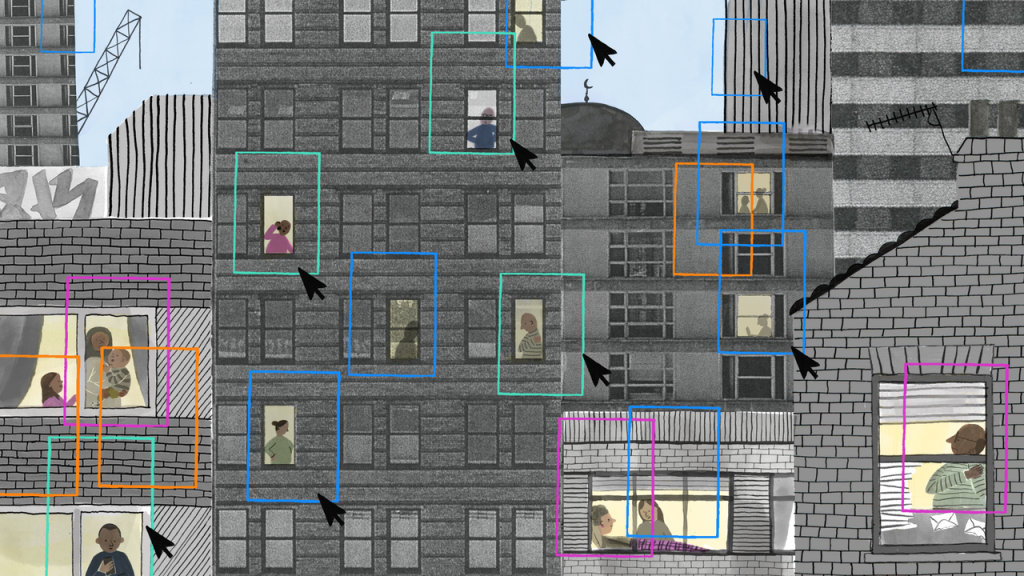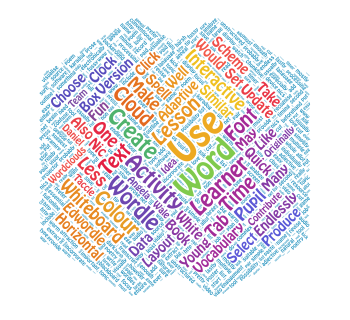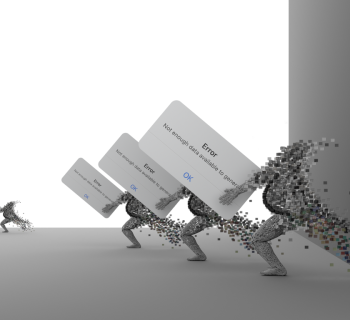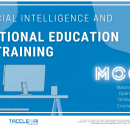
In an interesting article on the UK LMI for All website, AI, Skills and Jobs: Some considerations on the future based on the current evidence, Terence Hogarth looks at what may happen to future employment and skills due to AI. He says:
In thinking about AI, or any kind of automation for that matter, it is useful to consider three inter-related concepts:
- automation – where machines take over some or all of the tasks undertaken in a job;
- augmentation – where the same machines complement the tasks undertaken by workers such that their productivity increases; and
- task reinstatement – where new tasks or new jobs emerge as a consequence of new technologies being introduced.
He says technological change does not take place in a static environment.
Technology creates new tasks and new jobs. Accordingly, there is a task reinstatement effect where new jobs or new tasks emerge (Acemoglu and Restrepo, 2018). So long as the reinstatement effect is bigger than the automation one, then labour demand will increase.
He looks at research undertaken by the DfE Unit for Future Skills (DfE, 2023). showing the top 10 occupations most exposed and least exposed to AI with a distinction between all AI applications and large language mode
Table 1: Occupations most exposed to AI
| Exposure to all AI applications | Exposure to large language modelling | |
|---|---|---|
| 1 | Management consultants and business analysts | Telephone salespersons |
| 2 | Financial managers and directors | Solicitors |
| 3 | Charted and certified accountants | Psychologists |
| 4 | Psychologists | Further education teaching professionals |
| 5 | Purchasing managers and directors | Market and street traders and assistants |
| 6 | Actuaries, economists and statisticians | Legal professionals n.e.c. |
| 7 | Business and financial project management professionals | Credit controllers |
| 8 | Finance and investment analysts and advisers | Human resource administration occupations |
| 9 | Legal professionals n.e.c. | Public relations professionals |
| 10 | Business and related associate professionals n.e.c. | Management consultant and business analysts |
Source: Table 1, p.12, DfE (2023)
Table 2: Occupations least exposed to AI
| Exposure to all AI applications | Exposure to large language modelling | |
|---|---|---|
| 1 | Sports players | Fork-lift truck drivers |
| 2 | Roofers, roof tilers and slaters | Roofers, roof tilers and slaters |
| 3 | Elementary construction occupations | Steel erectors |
| 4 | Plasterers | Vehicle valeters and cleaners |
| 5 | Steel erectors | Elementary construction occupations |
| 6 | Vehicle valeters and cleaners | Plasterers |
| 7 | Hospital porters | Metal plate workers, and riveters |
| 8 | Cleaners and domestics | Vehicle paint technicians |
| 9 | Floorers and wall tilers | Floorers and wall tilers |
| 10 | Metal plate workers, and riveters | Mobile machine drivers and operatives n.e.c. |
Source: Table 2, p.13, DfE (2023)
Terrence Hogarth says it is apparent that AI has the potential to affect relatively high skilled jobs much more than low skilled ones. But he warns that there is a degree of uncertainty about how jobs are affected. "if there is to be a reinstatement effect the impact on productivity needs to be substantial otherwise there is a risk that (some) jobs are simply replaced by automation without the concomitant creation of new jobs."








